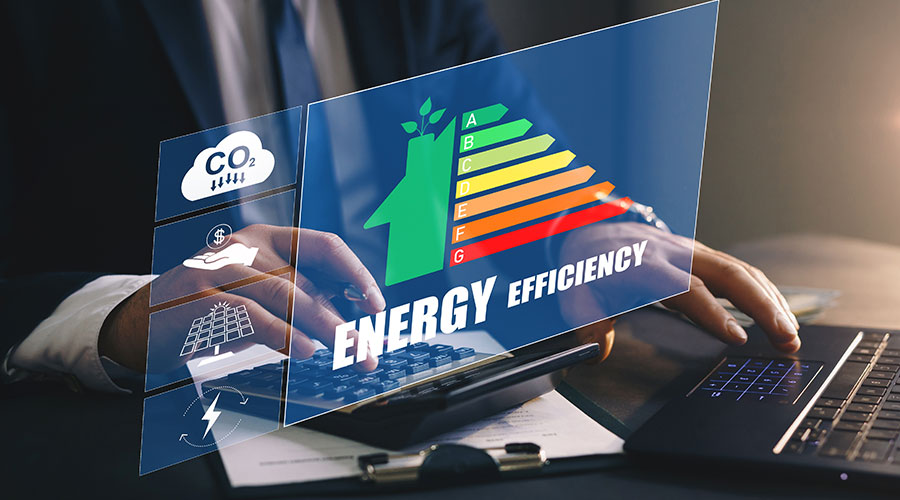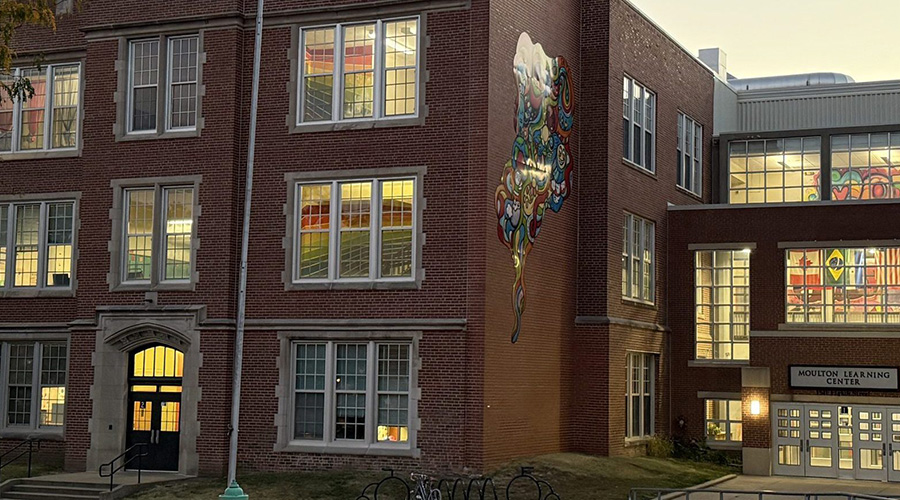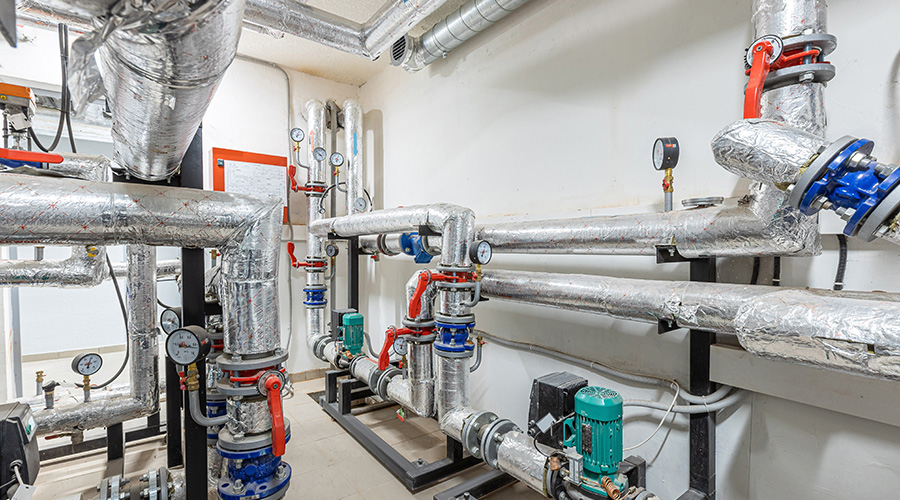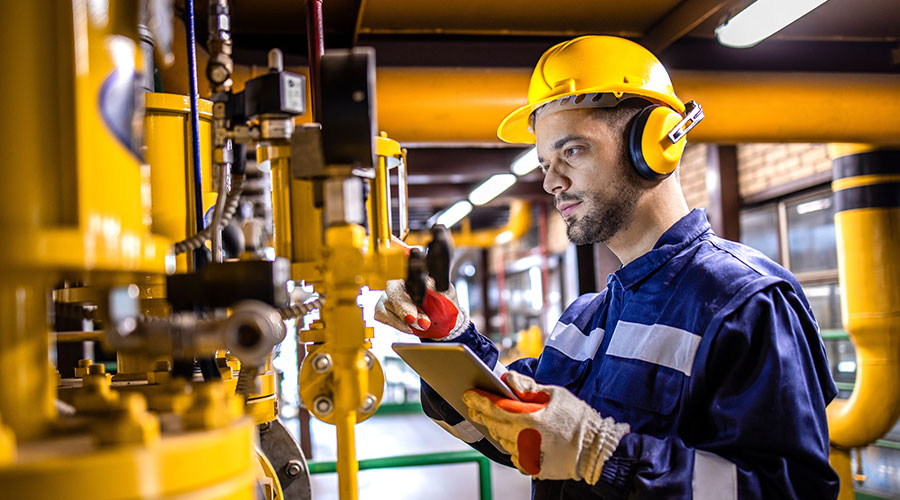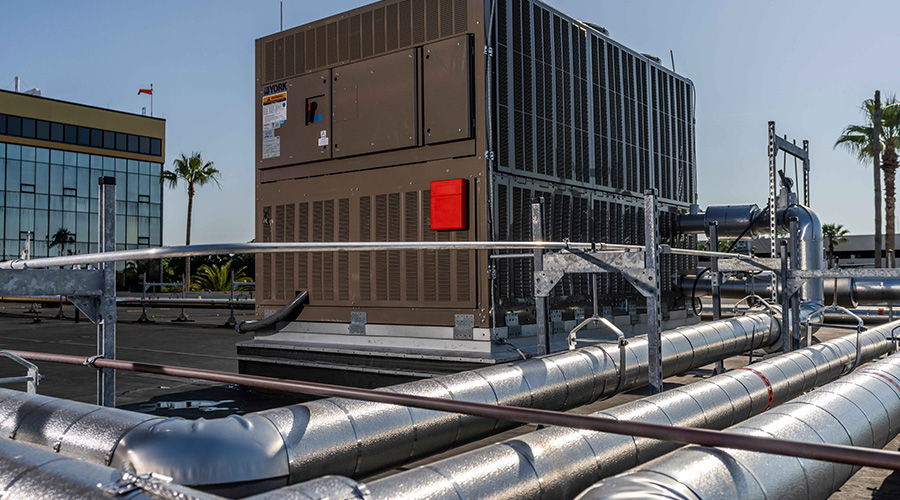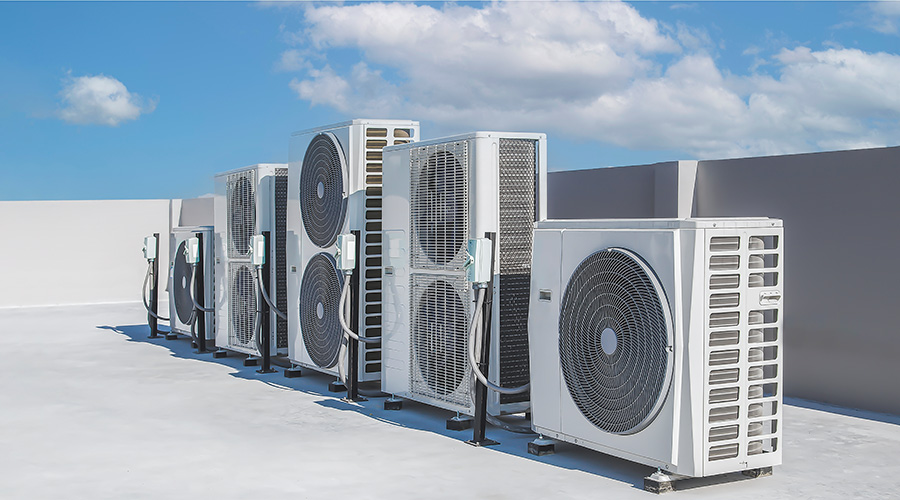Des Moines Public Schools Embraces HVAC Upgrades
HVAC upgrades help Des Moines Public Schools save millions on energy bills despite its many older buildings.
By Dave Lubach, Executive Editor
Most K-12 school districts learn to get by with what they have regarding their facilities. New construction isn’t a luxury that many districts can boast about.
The Des Moines Public Schools district in Iowa falls into this category. During his 25 years with the district, Facilities Director Jamie Wilkerson has only been part of opening two new buildings.
But don’t be fooled into believing that new always means better. Des Moines has emerged as an energy-savings standout in a district with about 70 buildings averaging more than 70 years old.
The district was recently featured by the U.S. Green Building Council during a spring workshop in Chicago. Tyler Puls, the district’s energy and environmental specialist, touted how the district has saved $25 million on energy expenses since 2009.
“We’ve been able to accomplish a lot with energy efficiency and HVAC improvements that really make our facilities operate as good or possibly better than some newer facilities,” Puls says. “We’ve done that through geothermal work using heat pumps and just being on the cutting edge of technology as it comes out.”
Mixing things up
Des Moines Public Schools has 6 million square feet making up about 70 facilities, which includes 52 main schools (37 elementary, 10 middle and five high schools), serving more than 31,000 students and 4,800 staff members.
The district is committed to HVAC upgrades, having spent more than $495 million on building renovations since 1999. The district continually updates five-year plans geared toward addressing aging equipment and dated technology. The plans emphasize spending through capital improvements and modifying operational improvements.
One of the keys for the district’s success is not adopting a one-size fits all plan. Due to the general age of the buildings, Des Moines realizes that if a system works in one building, it doesn’t mean it will work in another.
Des Moines adopted geothermal systems in 2000 and expanded to include 40 schools. More than 50 schools have adopted heat pump technology. While both technologies have a “new school” feel to them given current trends in HVAC, the district isn’t afraid to remain old-school when it’s more beneficial to operations.
“Geothermal was definitely a priority, but it didn’t work all the time,” Wilkerson says. “Sometimes it was building structure constraints, like you just don’t have enough ceiling height. Sometimes we didn’t have the right soil, and the ground wasn’t stable enough to put in the well system.”
The HVAC upgrades have saved the district millions in energy costs and also raised the comfort level in schools. In 2008, the district had about 65 percent of its building space air-conditioned and is now at 99 percent.
“Every building was created fairly uniquely, which is creative, but it is also challenging,” Wilkerson says. “We always joke that we have every mechanical system known to man and we’re probably not that far off. We’re running steam in some places because that’s what we have to do. We’re also running the variable volume of refrigerant stuff because it was the right answer for the building.”
Don’t waste HVAC upgrades
When districts look to cut energy savings, HVAC systems are a popular first step to ensure that schools are operating the most up-to-date and efficient equipment that their budgets allow.
Des Moines also understands that HVAC is just one part of the energy saving equation that also includes establishing a tight building envelope that reduces outside air infiltration, which means paying close attention to ensuring that components such as windows and roofs are leak-free.
“We had a fundamental shift probably in the 2008/2009 timeframe where we needed to make the investment in our core infrastructure and ensure that we’re not behind in deferred maintenance. It’s always tough,” Wilkerson says. “I would argue that our maintenance plan and our program are probably as good as anybody in the country. I’ve always said we have a roof-to-curb approach.”
When considering an energy-saving strategy, Wilkerson says it’s necessary to look beyond the HVAC system and consider the entire building and its components.
“Our roofs are just as important as our HVAC systems,” he says. “Our masonry is just as important because they all play together in that systematic approach. You can put the best HVAC system in there, but if your envelope’s not tight, you’re just throwing it away. We’ve been aggressive on putting new roofs on properly insulated roofs and new windows and then right sizing the HVAC.”
An example of the Des Moines district’s approach to upgrading schools unfolded at Park Avenue Elementary, which was built in 1909 and took on additions over the years including a major renovation in 2010.
The school has 410 K-5 students and has grown to 65,000 square feet. In 2010, Park underwent an HVAC renovation that included adding 180 vertical geothermal wells as well as new chillers and air handlers that cooled the whole building while upgrading the fire sprinkler system.
Park Elementary took on several upgrades to windows, masonry, roofing and an elevator from 2011 to 2024, overcoming hurdles that included class schedules, additional maintenance needs elsewhere in the district and removing asbestos from piping, ceiling and flooring areas.
The upgrades improved the school’s Energy Star score by 150 percent and reduced its energy use intensity (EUI) by almost 68 percent.
“The building envelope plays a huge role. I wish we could do more envelope work,” Wilkerson says. “To gut walls and insulate a 1900 building has its challenges, so you have to work on it and balance the environmental issues that you have to deal with.”
One of the district challenges in Iowa is high radon levels due in part to the types of soil throughout the state. The district tests regularly for radon to ensure that rates are not elevated.
“Typically, it’s controlled with our HVAC system, and we do notice that with continuous monitoring, levels typically go down during the day,” Puls says.
Taking another step
New construction projects have largely eluded Wilkerson during his quarter-century in Des Moines, but a new district initiative is poised to change that during the coming years.
In 2024, the district unveiled the Reimagining Education, a $500 million initiative that addresses Des Moines’ declining enrollment, funding challenges and schools that according to a district’s PowerPoint, feature “learning spaces that are in the wrong places, not meeting students’ needs, or are inefficient to maintain.”
Reimagining Education is a 10-year plan that the district has established with hopes of improving teaching programs and the student experience. A significant part of the initiative includes repurposing some buildings, closing others, and creating signature schools.
The district recently conducted a third-party facility condition assessment to gauge the state of their buildings for the Reimagining Education plan. The results proved to Wilkerson and Puls that not only are they getting by, but they’re also thriving.
“It was kind of an interesting tidbit that they struggled to find our worst facilities,” Puls says. “That was kind of rewarding to hear that they struggled to find the ones that really didn’t perform. Because of our decisions that were made a while ago, that push toward energy efficiency and making those good decisions that really impact the future is key.”
Dave Lubach is the executive editor for the facilities market. He has more than 10 years of experience writing about facility management and maintenance issues.
Related Topics:






